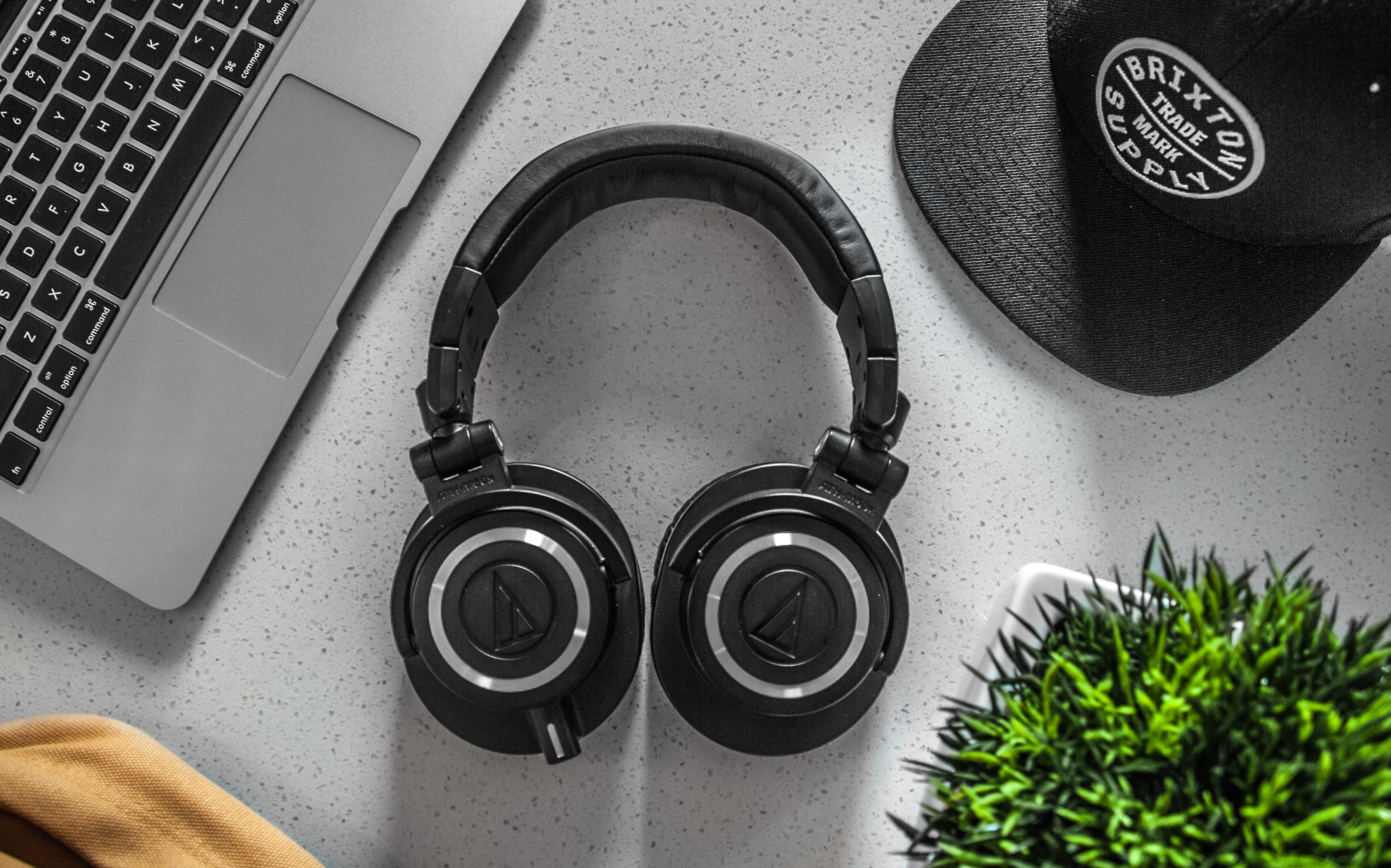


The Prince Charles largely gets a pass on image quality as its schtick is mostly about presenting classic films in the same format as when they were originally released.īut once you know that the latest blockbuster releases have been digitally mastered for the likes of Dolby Vision and Atmos, it’s hard not to feel short changed when you pay to see a film only to be presented with a washed out grey screen and timid sound. My favorite cinema in the world, London’s Prince Charles Cinema, does excellent well-worn screenings of classic films in ageing analogue 35mm reels – the pop and fizzle of the image bringing the same warmth to the experience as vinyl lovers enjoy. There are of course exceptions to the rule that cutting edge presentations are best. “This may be, you know, one of the more beautiful films I've ever worked on, so you know I'm hoping that Bond fans will also feel that cinematically it's one of the most beautiful Bond films.” Old exceptions and future expectations And then on a picture level shooting on 35mm and then 5-perf 70mm and 15-perf have provided an amazing base medium to create a gorgeous final image I'm very happy with.

“Paul and Oliver and everyone did an amazing job with that. “I think that the mix is pretty incredible,” praised Fukanaga, who uses both old and new shooting technologies in tandem. “With Bond in Dolby Atmos and Dolby Vision, anything that heightens the immersive experience of the audience, that transports them in a way, when that low bass kicks and just kind of shakes their guts. Speaking recently to TechRadar, No Time to Die director Cary Joji Fukunaga shared his praise for the system. My love of the Dolby experience is shared by professionals. And keep in mind that both are available in Dolby Vision and Atmos – Shang-Chi could have looked just as good, had I sought out the premium cinema format elsewhere.


 0 kommentar(er)
0 kommentar(er)
